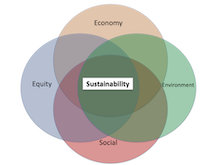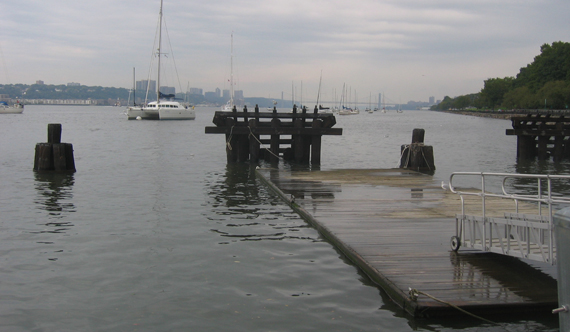
 |
 |
 |
 |
|---|
Water Quality
Water Quality
Lamont-Doherty Earth Observatory
 |
PROTECTING OUR WATER QUALITY
LOCAL WATERWAYS:
Stormwater is one of our largest concerns. Development often adds large amounts of ‘impervious surfaces’, or a surface that cannot absorb rainwater. Traditional paved streets, parking lots, sidewalks, and roofs are impervious and contribute to stormwater runoff from rainevents. Even lawns that are mowed and compacted from foot traffic can stop water from soaking into the ground. Storm drains are designed to drain the excess water off the paved areas and into the local streams, however stopping water before it reaches the storm drain, and allowing it to stay on site and soak into the ground is the best approach. Today developments are required to provide plans for slowing, or mitigating, the flow of water from the property, and for screening sediment, silt and other contaminants from the stormwater.
- Does your community suffer from flooding and other stormwater impacts when there is a large rain?
- Do a quick websearch. What are some ways to reduce or mitigate (reduce) the impact of stormwater for a project?
HUDSON RIVER:
Water quality of the Hudson River is a topic with a long history. Since the approval of the Clean Water Act in 1972 the Hudson River community has been focused on improving the water quality. The State of New York classifies the acceptable level of cleanliness/water quality (chemical, physical and biological) based on the intended water use. The Hudson in the area bordering Rockland and Westchester Counties is classified by the New York State Department of Environmental Conservation (NYSDEC) as 'SB' meaning it is tidally brackish (a mix of salt and fresh water), or salt water, and suitable for primary contact recreation, including boating and swimming.
How can planning effect water quality? In the early history of the Hudson River our land uses had a negative effect on the river, polluting it with both our household and business waste. This is NO LONGER allowed. Household waste is directed to septic systems or sewage treatment plants to be treated before release, and our businesses must have approved plans to treat their waste. But our systems are aging, and can handle only so much waste so careful planning is needed to be sure we can handle any waste that will be created with new planning.
What about PCBs? Many of you will have heard of PCBs. Throughout the Hudson River Estuary, there is a fish eating restriction due to the level of PCBs (Polychlorinated Biphenyls) in the river. PCBs are persistent organic pollutants which bioaccumulate in animals, and are linked to cancer. PCBs are now banned, but were once commonly used as coolants and insulating fluids for transformers and capacitors in industrial plants and factories along the Hudson River. PCBs were washed into the river through a variety of means and today remain in the river attached to the sediments.